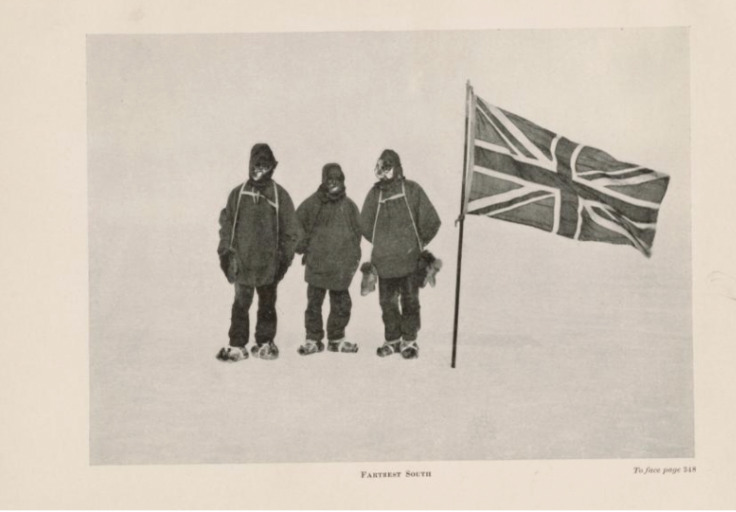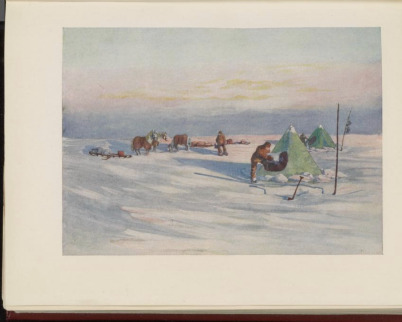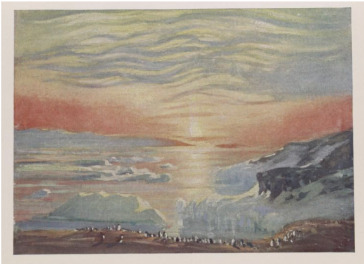Expedition Book: In The Heart of the Antarctic
Written by Ernest Shackleton, the head of the crew, The Heart of the Antarctic published in 1909 details the story of the Nimrod Expedition through a two-volume adventure novel that balances the line between epic and report. Its purpose mainly being to sell the success and value of the journey, while validating the costs.
Ernest Shackleton was born in Kilkea, Ireland in 1874 and died in 1922. Always having a propencity for the seas and exploring, Shackleton started off his adventuring career in the mercantile marine service in 1890 after graduating from college. He transitioned to Royal Naval Reserve in 1901 and joined Captain Robert Scott’s Antarctic discovery expedition. The expedition lasted for 3 years, but Shackleton had to be removed early, in 1903 for health reasons. This was his first taste of the Antarctic and he was hooked. His next venture into the region would be on the Nimrod expedition, holding on dearly to his goal of being the first ones to reach the South Pole.
In contrast to the diary entries of Alfred Bull and the scientific report of the expeditions, The Heart of the Antarctic showcases a much more complete overview of the journey. Yet, this largely is filtered through the perspective of Shackleton who ensures the content and information in the report caters to his audience. None of the other primary sources examined for the Nimrod expedition have this same sort of requirement of paying attention to the audience. This makes the report an important text to consider as both a summary of the expedition and a lens into the greater game of funding and fame present in the polar adventures.
The hefty two-volume series with decorated covers and over a thousand pages speaks to the awe that Shackleton hoped to illicit from the readers. This book was not made to be widely distributed, but more so as a collector's item; an artifact in of itself. The numerous photos and watercolors make the Antarctic look enchanting and the writing style which is a mix of diary entries and adventure writing makes it a captivating read. The inclusion of facts from the scientific results and the financial records also makes it very informative about the logistics and results of the expedition.








